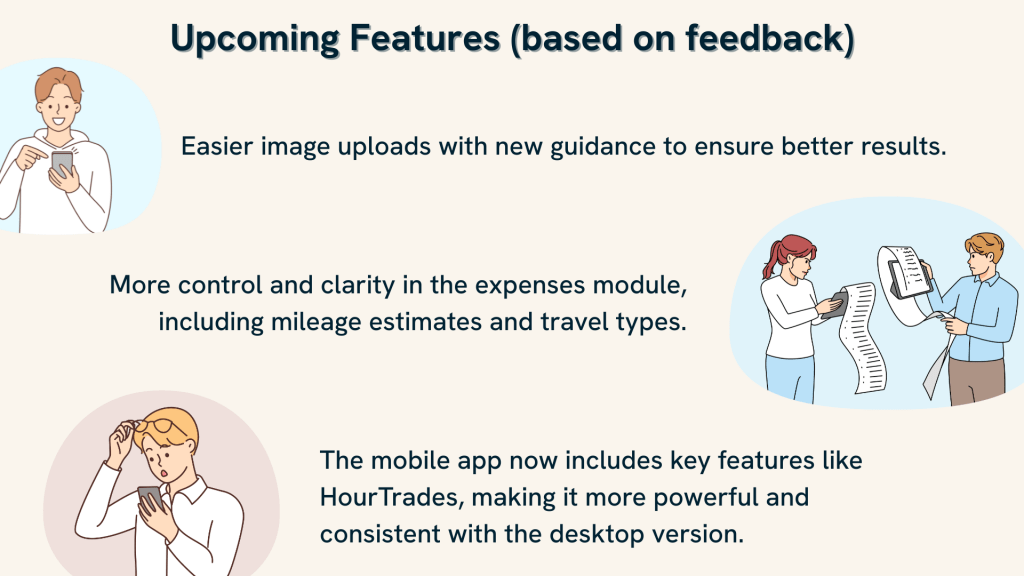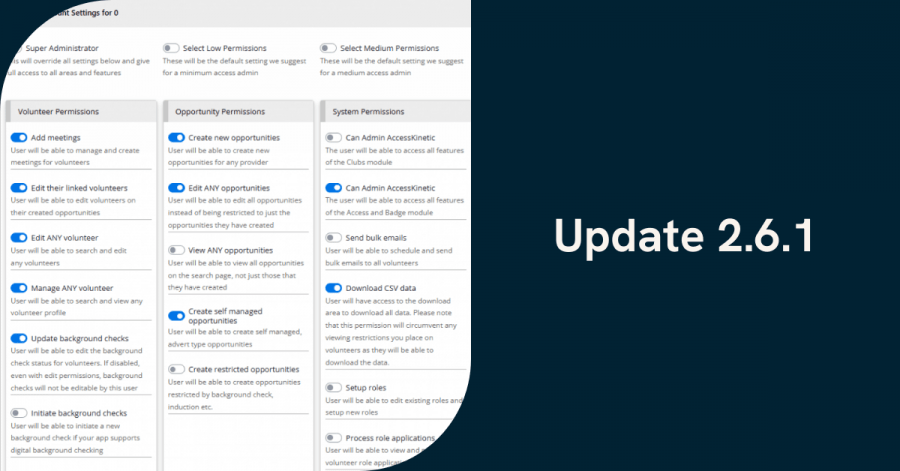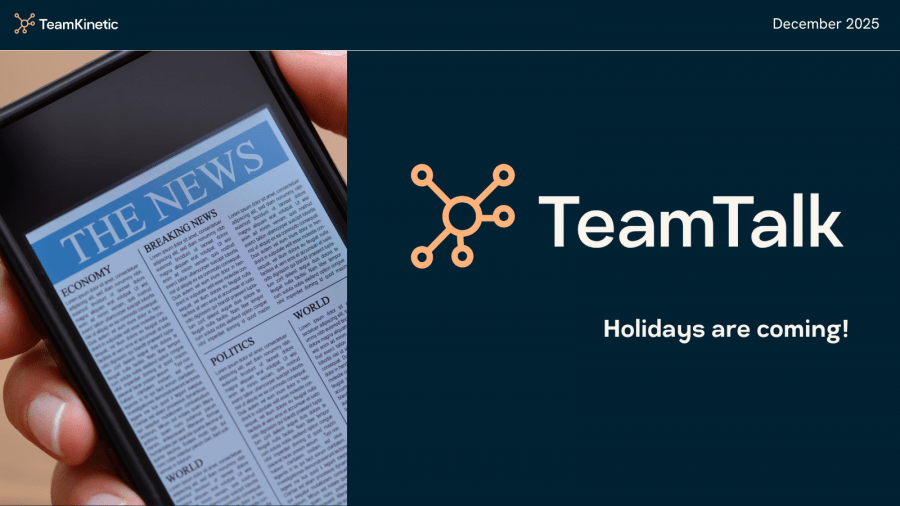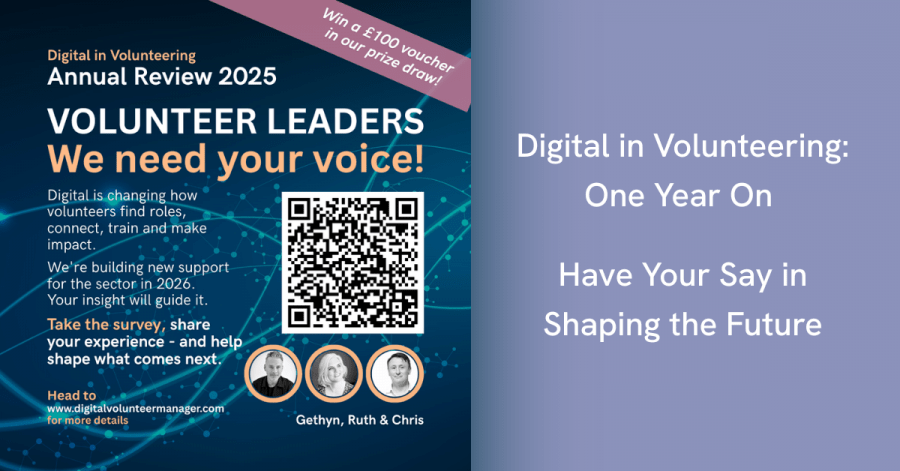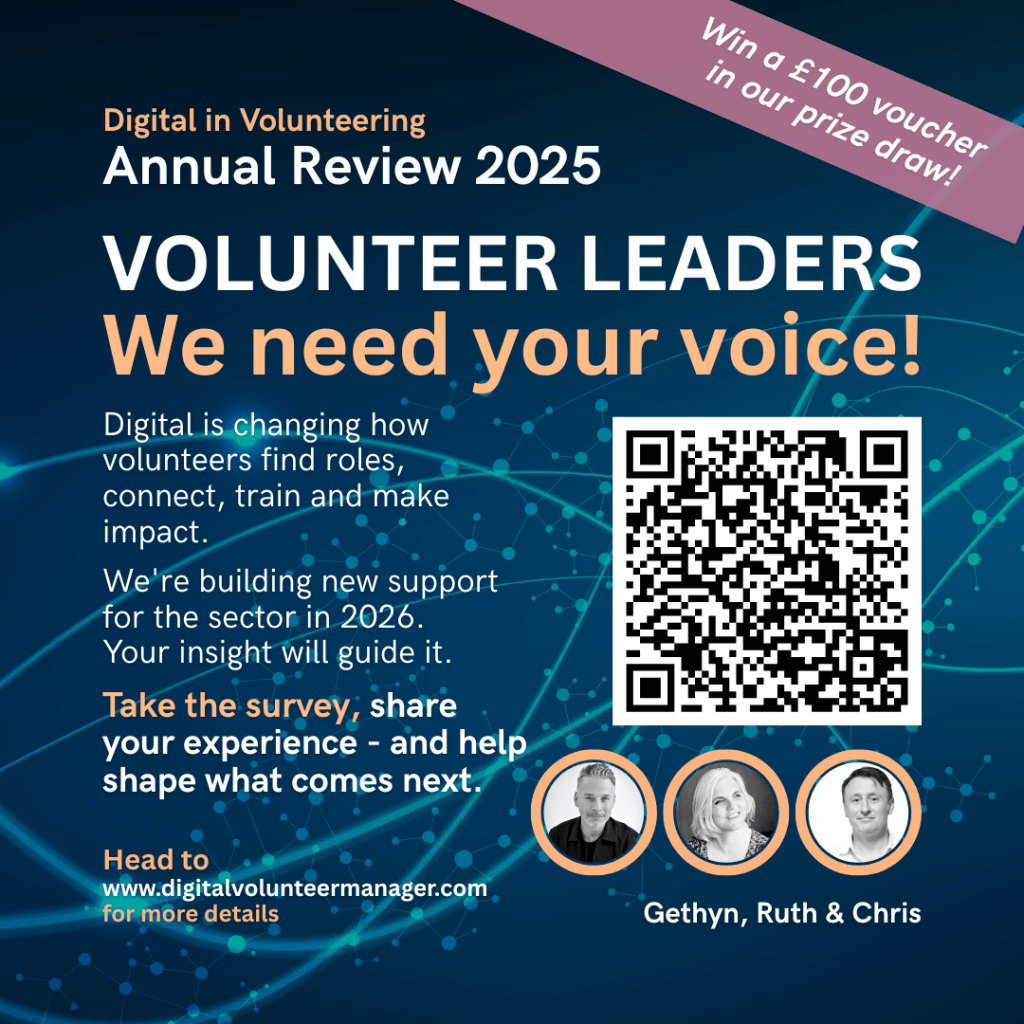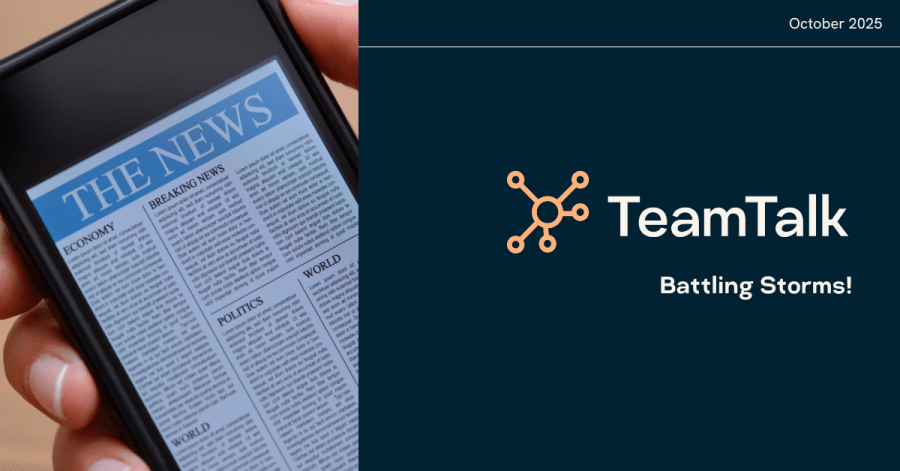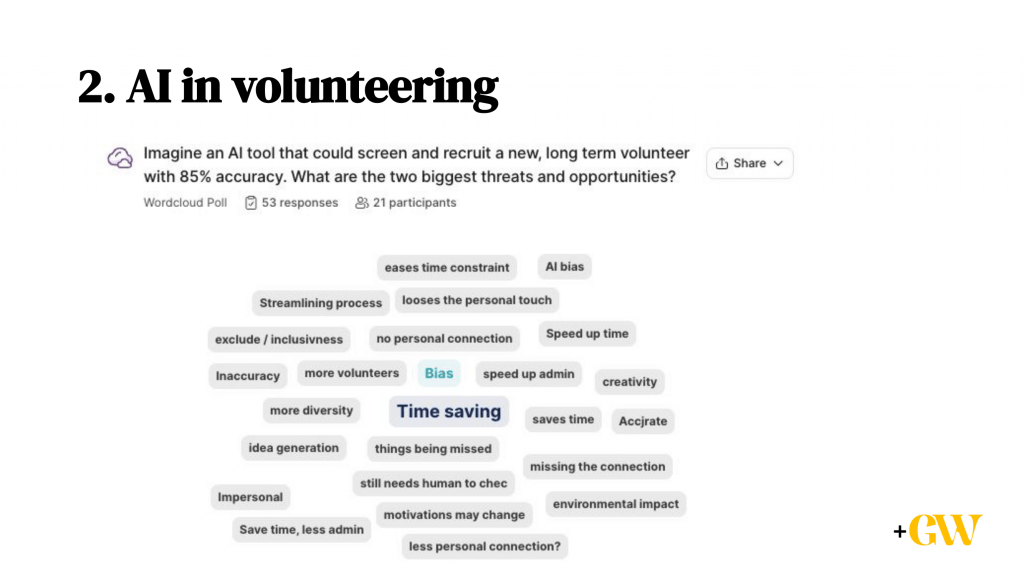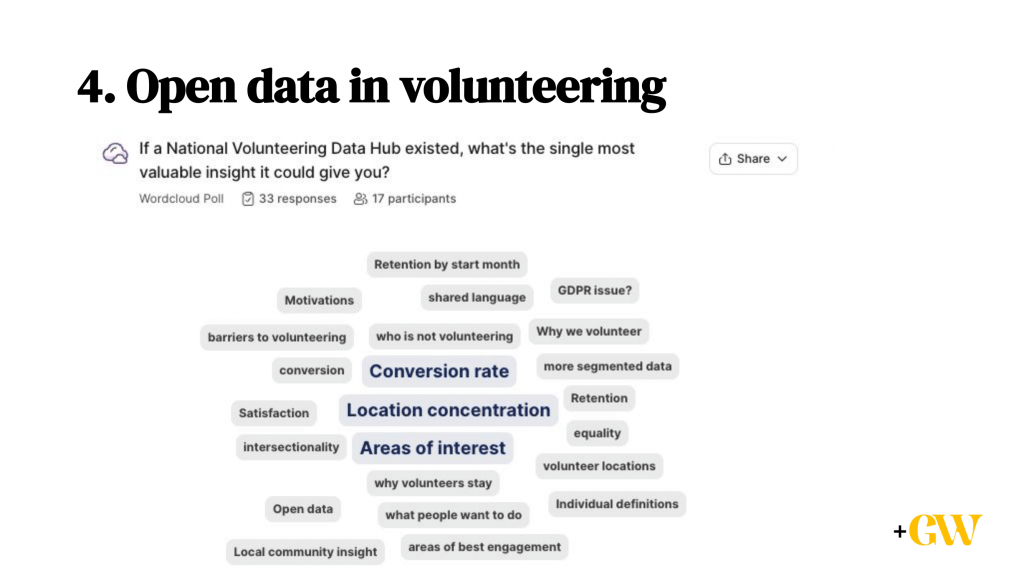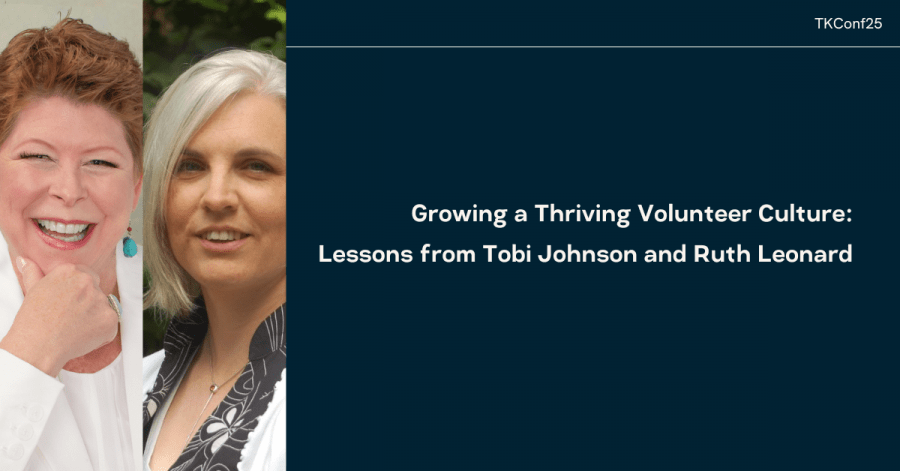As 2025 comes to a close, we’d like to reflect on what has been a busy, ambitious and genuinely exciting year at TeamKinetic!
From major product releases and mobile app improvements, to deeper engagement with the volunteering sector and our growing community, this year has been about helping organisations support volunteers better, with tools that are powerful, practical and built around real-world needs.
Here’s a look back at what we’ve achieved together in 2025…
January
We kicked off 2025 by tackling something we know can be a headache for volunteer managers: onboarding.
In January, we rolled out digital ID and background checks inside TeamKinetic. The aim was simple: to cut down on manual processes, make things clearer for volunteers, and help organisations stay on top of safeguarding without it becoming overwhelming.
It was a practical change, but one that makes a real difference when you’re onboarding people at scale.
February
A lot of our time in February went into listening, reviewing feedback and making sure the things we were building next actually lined up with how TeamKinetic is used in the real world.
We kick-started the release of TeamKinetic 2.6.0 at the end of the month, bringing new features like admin to do tasks, volunteer check-ins, and loads of other improvements.
March
In March, we shared stories that showed every side of volunteering and its impact.

Whether it was staff getting involved in volunteering themselves or shining a light on new research into how digital tools like TeamKinetic can support volunteering. Everything reflected our mission, which is to support people doing good work and promote connection.
April
April was a busy one! We launched a series of guest masterclasses, inviting people from across the sector to share their experience and knowledge.
The masterclasses aim to provide our users with practical tips, based on the realities of volunteer management.
We also pushed out updates to the TeamKinetic mobile app, making it easier for volunteers to log hours, keep track of what’s going on and stay connected, wherever they are.
Finally, our own Barb went along to the Hospice Volunteer Managers Network’s 2025 Conference and shared her experience and the lessons learned.
May
In May, we focused on providing more added value to our users and the wider sector.
We had our first guest masterclass from Joanne Irvine, who delivered a great session on how to capture and showcase the social value of volunteering.
We also launched the Digital in Volunteering Community of Practice – a space where volunteer leaders can learn more about using digital tools in their volunteer management processes and connect with other professionals.
June
Approaching the mid-point of the year, looked at how the year’s changes were landing. What were people using most? And where did we need to focus next?
We received a good load of responses from our users in a mid-year user satisfaction survey!
Keeping a good feedback loop between our development team and our users helps us avoid building things for the sake of it, focusing on what actually helps volunteer managers do their jobs.
If you have any feedback for us, you can always pop it in an email, jump into the system live chat, or open a support ticket at any time.
July
July was about the wider volunteering community and our partners.
We shared more about the value of professional networks, such as the Association of Volunteer Managers, with their regular events and the support they offer to volunteer managers.
Meanwhile, we were delighted to announce our sponsorship of the Heritage Volunteering Group’s Volunteer Leader of the Year Award.
Staying connected like this helps make sure TeamKinetic keeps pace with what volunteer managers actually need from the sector and the software they use.
August
In August, we released another mobile app update, continuing our push to make TeamKinetic work better for your volunteers on the go.
As volunteering becomes more flexible, having tools that fit into volunteers’ lives, rather than the other way around, is increasingly important. These updates were all about keeping things simple and accessible.
September
September was another big month for us! We achieved ISO 27001 certification! Proving that we take data security seriously, and that our users can trust us with their data every day.
We also hosted our 2025 Conference, bringing people together to talk honestly about what it takes to move beyond recruitment and build volunteering programmes that last. It was a fantastic day full of great sessions and lots of key lessons to take away.
October
October focused on key takeaways from the TeamKinetic Conference.
First, we published a practical guide on measuring the impact of volunteers, based on sessions from Joanne Irvine and Will Watt.
Next, we took a look at some of the trends shaping the future of volunteering off the back of a great session from Gethyn Williams. A great read as we go into the new year, especially!
And finally, we thoroughly enjoyed Tobi Johnson and Ruth Leonard’s use of gardening as a metaphor for volunteering. They encouraged attendees to consider how to best cultivate their volunteer culture.
We hoped this post-conference series would support better decision-making, stronger conversations with stakeholders, and more confidence in planning ahead.
November
November saw the release of TeamKinetic 2.6.1, probably one of our biggest minor updates! It brought improvements to permissions, reporting and flexibility. Things that are all designed to make managing complex volunteering programmes feel more manageable.
We also marked one year of the Digital in Volunteering Community of Practice, reflecting on what we’ve learned so far and inviting the sector to help shape what comes next with this short survey (which is still open via this link if you fancy chucking your 2p in!)
December
December so far has been about wrapping things up, supporting users through the recent update, and getting ready for what’s next.
More than anything, it’s been a chance to say thank you. Thank you for the feedback, the questions, the challenges and the ideas that help shape TeamKinetic into something genuinely useful.
As we head into 2026, we’re taking all of this learning forward: continuing to build software that adapts to real volunteering practice, amplifying sector voices, and supporting organisations to create better experiences for volunteers.
Thank you to everyone who has shared feedback, attended events, written guest posts, participated in research, or simply used TeamKinetic day-to-day. You’ve helped shape everything we’ve achieved this year.
New volunteers registered: 58,201
Opportunities created: 15,577
Hours logged: 701,505
We’re excited about what comes next.




